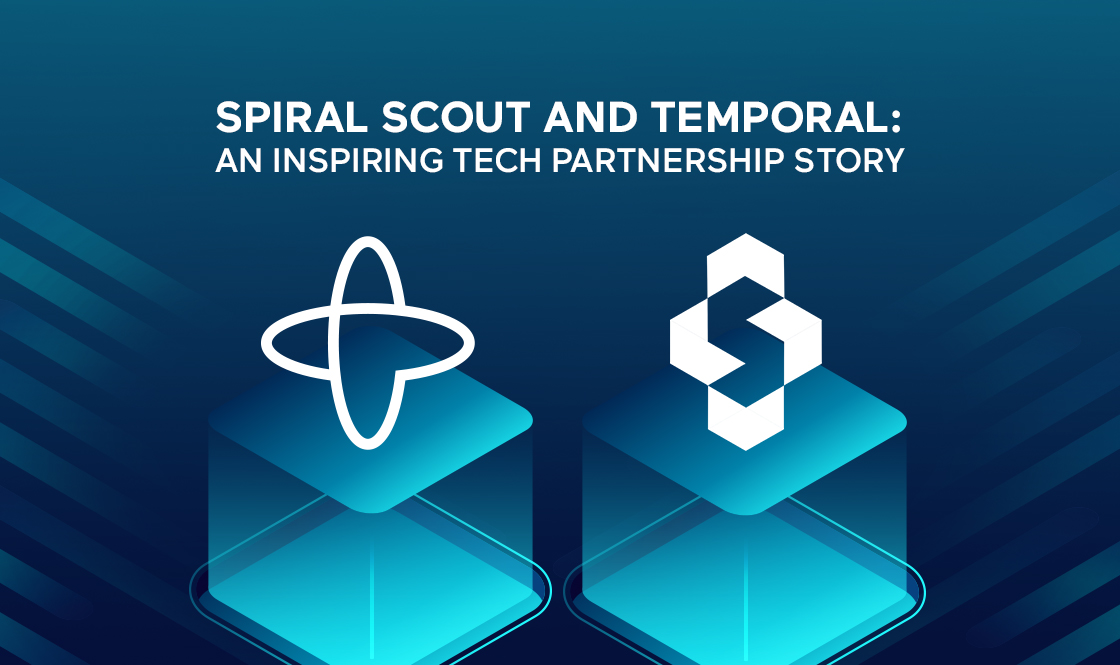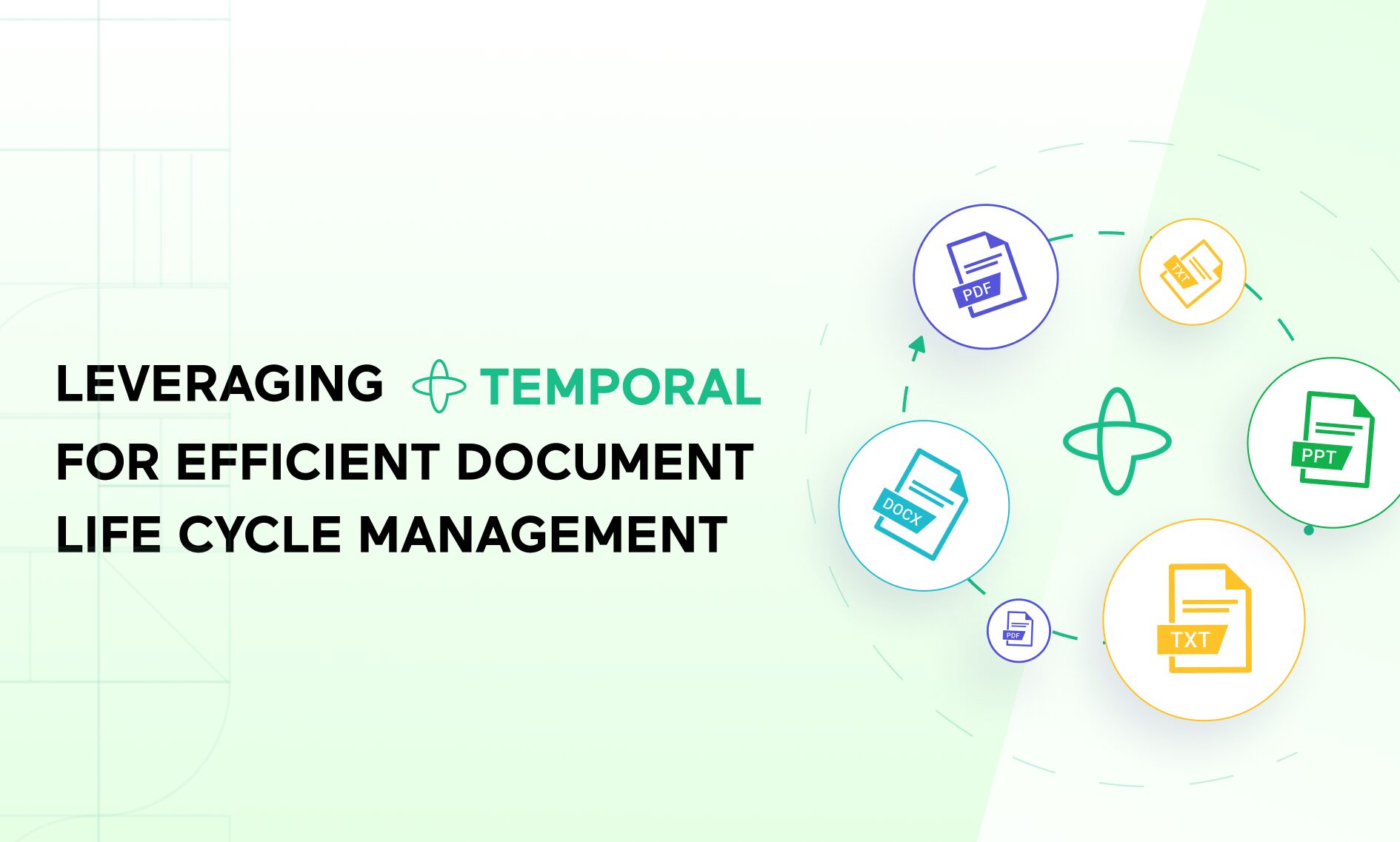When it comes to workflows, you’ve probably automated some — or a lot — of them. You may have even built your own workflow engine. (Or considered doing it.) Automating workflows is a game-changer for businesses looking to build world-class software, scale, and spend more time on their core products instead of maintaining multiple custom workflows.
But as those automated tasks grow in number and complexity, a new beast emerges. Workflows break, or overlap, or unintentionally affect each other. And before long, you’re spending more time fixing problems or managing a workflow engine that you have cobbled together than building solutions.
That’s where workflow orchestration comes in, and the sooner you migrate to a platform that lets you do it, the better. Read on to learn why we (and a lot of people) recommend Temporal.io.
What is workflow orchestration?
If automated tasks are the instruments, workflow orchestration is the conductor. It allows you to clearly separate concerns between different parts of your codebase and avoid the introduction of spaghetti code, i.e a tangled mess. It also streamlines various tasks into one seamless process, making sure they run smoothly and in harmony, while cutting down on errors and wasted effort.
At the end of the day, you can continue automating new workflows without worrying they’ll break the old ones.
What is Temporal?
Temporal is a platform for building services and apps. Temporal didn’t just not create a workflow engine in a vacuum, but it spent a great deal of time focusing on the Developer Experience in order to make sure that engineers can focus more on writing the system instead of debugging it. When engineers build workflows on it, they’re more reliable, easier to troubleshoot, and work together rather than in silos.
Temporal is a big innovator in the space, as it’s a “durable execution system”— which means Temporal takes on a huge load of the complexities your developers would usually need to deal with. This frees them up for more important and creative work that moves things forward, rather than needing engineers to support a custom workflow engine. More on Temporal’s technology here.
We’ve been a fan of Temporal since 2020 (actually, we built their Temporal PHP SDK and other technology). Companies like Netflix, Indeed, and DataDog use it too, as do thousands of developers. Temporal’s so popular, in fact, that Sand Hill Road is calling them the latest unicorn.
Here’s an example of how we use Temporal at Spiral Scout.
Practical Temporal Use Cases
Inturn: Converting Monolithic Application to Microservices
Spiral Scout transformed Inturn’s (now Vue.ai) monolithic architecture into a flexible microservices-based system using Temporal. This intelligent shift gave them more scalability, reduced deployment times, and streamlined the management of complex workflows.
Alaska Rubber Group CPQ System Implementation
For Alaska Rubber Group, Spiral Scout implemented a Temporal-powered CPQ system that automated complex pricing configurations, significantly improving sales efficiency and accuracy while reducing manual errors.
Chequeout POS Shopify Integration
Spiral Scout integrated Chequeout’s unique POS system with Shopify, providing seamless real-time data synchronization and improving operational efficiency, utilizing Temporal. This ensured consistent inventory management across different platforms.
What about using AI within your workflows?
If you know how to leverage AI and the power of it, you know how crucial it is to maintain data integrity.
A lot of Ai workflows are based on searching, combining and processing data, which is a multistep process that can take minutes and even longer. Temporal fits into this concept perfectly and helps you scale these workflows. While Temporal treats AI like any other workflow, since it’s a durable execution model, you can repeat processes without losing data. This means your machine learning will only get better and more accurate, translating to more efficient programs and quality AI. More on that here.
Getting started with Temporal
It’s possible to migrate to Temporal on your own. But you can do it faster, more efficiently, and for less money by working with one of Temporal solutions partners, like Spiral Scout.
We’ve been working on Temporal for the last 5 years, and our Temporal development team has seen pretty much every scenario you could run into. And since we built some of Temporal’s core technology, we know how it works inside and out. More details on that in our blog post.
Recap
Automating tasks is game-changing, but there’s a ceiling to how far you can go without workflow orchestration. (If you want to keep everyone sane, that is.) The sooner you switch over to Temporal, the sooner your devs can work on more important projects—like helping you grow and scale.
Want to learn how it can work for your needs specifically? We’re happy to provide a free consultation with our CTO, one of the authors of their SDK, and you. Get in touch here.



